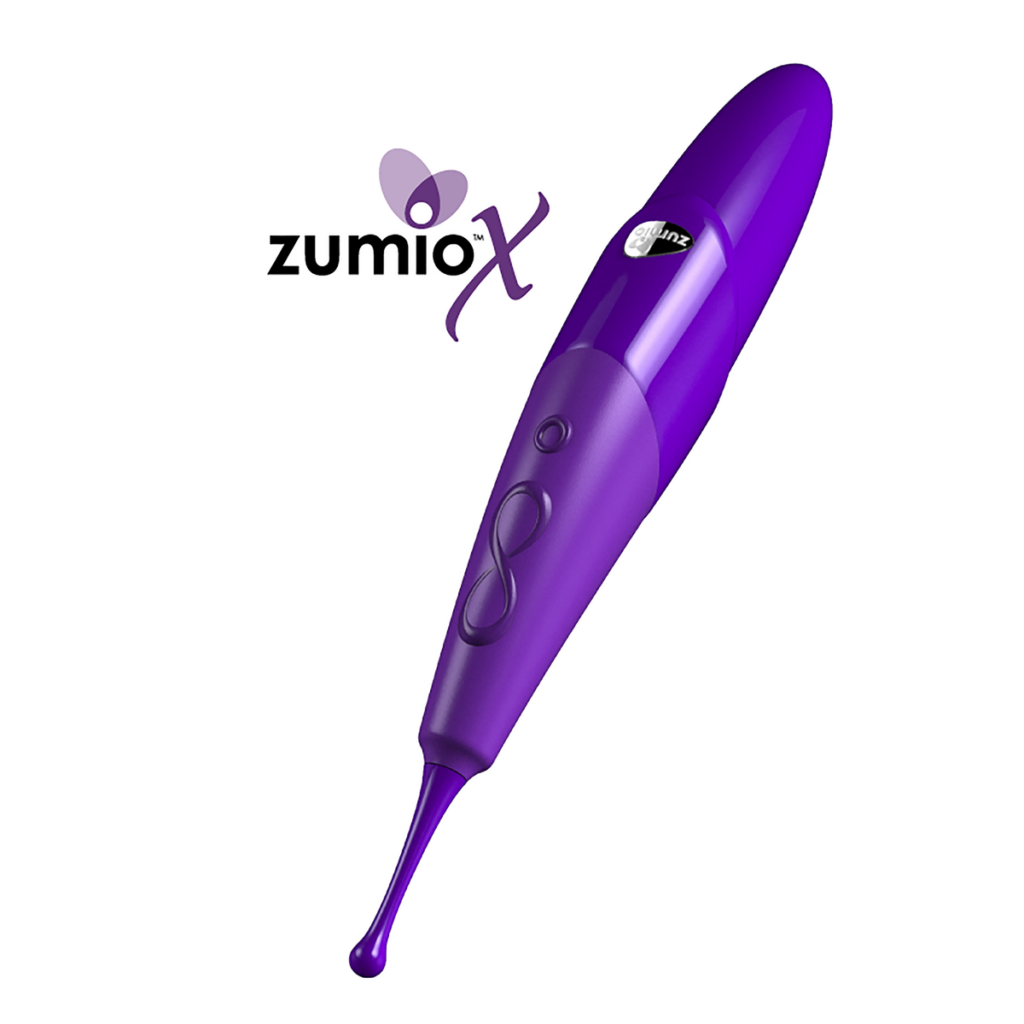Good Vibrations Breaking the Stigma and Embracing the Pleasure of Using Sex Toys
I recognise that in the past, discussing sex toys and other forms of sexual exploration may have been seen as taboo or stigmatized. However, I am pleased to see that more and more people are embracing their sexuality and recognizing the value of exploring different forms of pleasure, including the use of sex toys. As sex toys become increasingly available and diverse, more and more people are discovering the advantages of including them in their sexual experiences.
If you’re still unsure about the idea, here are my top five reasons why you should consider going shopping for sex toys!
Increased Pleasure and Intimacy
One of the primary reasons people use sex toys is to increase pleasure during sexual activity. Sex toys can help you explore your body and discover new erogenous zones, which can lead to more intense orgasms. In fact, research has shown that women who use vibrators report higher levels of sexual satisfaction and more frequent orgasms (Herbenick et al., 2009).
Using sex toys can also increase intimacy between partners, as it allows for deeper communication and exploration of each other’s bodies. Experimenting with new sensations and experiences can create a sense of novelty and excitement, which can strengthen the bond between partners (Bryant & Zimmerman, 2006).
Enhanced Sexual Health
Another benefit of using sex toys is that they can improve sexual health. For example, using a vibrator can help women who have difficulty reaching orgasm through other means (Brotto & Yule, 2017). In addition, using sex toys can help to increase blood flow and promote vaginal lubrication, which can reduce discomfort and pain during sex (Leiblum, 2005).
Using sex toys also allows for safer sex practices, as they can be used as an alternative to penetrative sex or as a way to reduce the risk of sexually transmitted infections (STIs) during penetrative sex. For example, using a barrier method, such as a condom, with a sex toy can prevent the transmission of STIs (CDC, 2022).
Improved Communication and Sexual Confidence
Introducing sex toys into your bedroom activities can also improve communication and sexual confidence. Discussing your desires and preferences with your partner can lead to a deeper understanding of each other’s needs and desires. In addition, experimenting with different types of sex toys can help you learn more about what you enjoy and how to communicate that to your partner (Bryant & Zimmerman, 2006).
Using sex toys can also help to boost sexual confidence, as it allows you to explore your own sexuality in a safe and non-judgmental environment. This can lead to increased self-esteem and a more positive body image (Herbenick et al., 2009).
Variety and Excitement
Sex toys can add a new dimension of variety and excitement to your sex life. Experimenting with different types of toys can create a sense of adventure and playfulness in the bedroom. In fact, research has shown that using sex toys can increase sexual arousal and satisfaction (Herbenick et al., 2009).
Using sex toys can also help to break up sexual routines and introduce novelty into your sex life. This can be especially important for long-term couples who may be experiencing sexual boredom or dissatisfaction (Bryant & Zimmerman, 2006).
Increased Pleasure during Masturbation
Finally, sex toys can be a great way to enhance pleasure during masturbation. Research has shown that masturbation can have several benefits, including stress relief, improved sleep, and increased sexual self-awareness (Brotto & Yule, 2017). Using a sex toy during masturbation can increase pleasure and create a more satisfying experience.
Introducing sex toys into your bedroom activities can have a number of advantages, including increased pleasure and intimacy, improved sexual health, enhanced communication and sexual confidence, variety and excitement, and increased pleasure during solo play. If you’re thinking about using sex toys, it’s important to communicate with your partner and approach the topic in a non-judgmental and open-minded manner. Start with a conversation about your desires and interests, and discuss potential options for introducing sex toys into your bedroom activities.
It’s also important to choose sex toys that are safe and of high quality. Look for products that are made from body-safe materials, such as silicone or medical-grade stainless steel, and avoid products that contain phthalates or other harmful chemicals (Reece et al., 2010). Additionally, make sure to clean and sanitize your sex toys after each use to prevent the spread of bacteria or infections.
A diverse range of sexual health products, including sex toys is available in my shop here (hyperlink) https://melissahadleybarrett.com/shop/ All the product available are from reputable manufacturers and are both of premium quality and safe for use. Most product manufacturers have their own information videos and resources available online. These are great if you want more you explore your sexuality and introduce sex toys into your bedroom activities. I also share some helpful videos on my Youtube Page.
Our Programs
Shop Online
Subscribe for free to view our informative resources.
So where to from here?
Want access to a bunch of Resources?
Subscribe and gain access to a bunch of resources and support.
Subscribe to access
References:
Brotto, L. A., & Yule, M. A. (2017). Physiological and clinical aspects of female sexual dysfunction. World Journal of Urology, 35(3), 355-364. doi: 10.1007/s00345-016-1904-3
Bryant, L., & Zimmerman, M. (2006). Sexual health promotion in the clinical setting: A nurse-led service. Journal of Advanced Nursing, 53(6), 689-697. doi: 10.1111/j.1365-2648.2006.03785.x
Centers for Disease Control and Prevention (2022). Sexually transmitted infections (STIs). Retrieved from https://www.cdc.gov/std/default.htm
Herbenick, D., Reece, M., Schick, V., Sanders, S. A., Dodge, B., & Fortenberry, J. D. (2009). Women’s vibrator use in sexual partnerships: Results from a nationally representative survey in the United States. The Journal of Sexual Medicine, 6(7), 1857-1866. doi: 10.1111/j.1743-6109.2009.01234.x
Leiblum, S. R. (2005). Principles and practice of sex therapy (4th ed.). New York: Guilford Press.
Reece, M., Herbenick, D., Schick, V., Sanders, S. A., Dodge, B., & Fortenberry, J. D. (2010). Sexual behaviors, relationships, and perceived health among adult women in the United States: Results from a national probability sample. The Journal of Sexual Medicine, 7(s5), 277-290. doi: 10.1111/j.1743-6109.2010.01903.x







